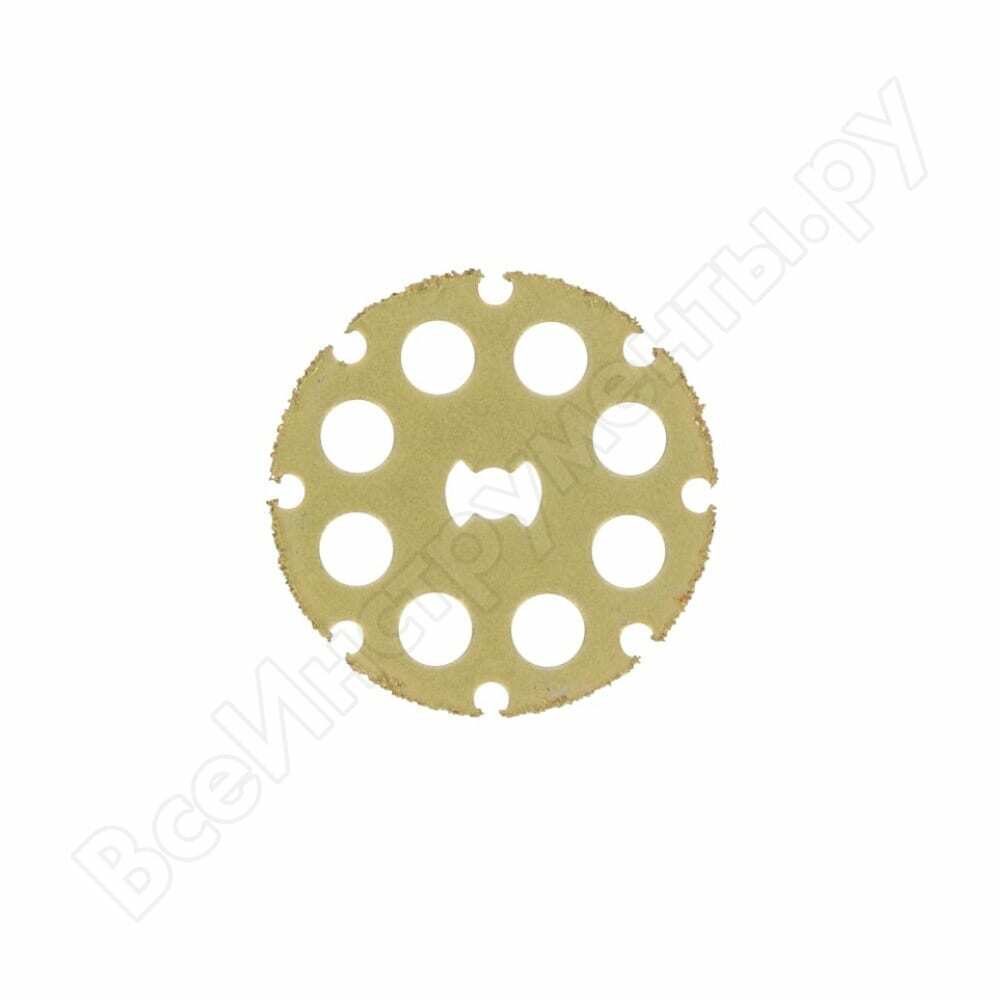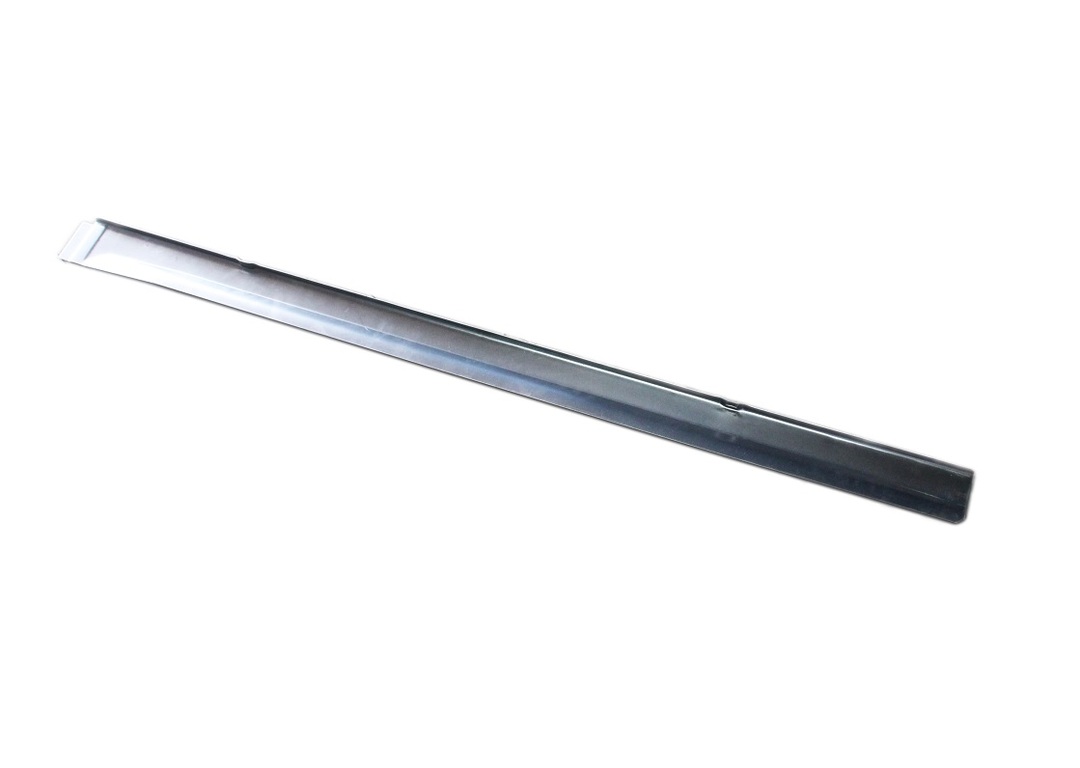Contents:
- Features of using the iron with the
- steam generator Effective cleaning of the "sockets" and the water reservoir
- Rules for cleaning the soleplate of the iron and outer elements
If you do not know how to descale the iron with the steam generator or neglect to treat this procedure,will have to face unpleasant consequences. The device will cease to operate at full capacity, the quality of fabric processing will decrease significantly, the risk of damage to matter will increase. If you approach the care of the device correctly, then a preventive cleaning will take just a few minutes, and potential problems will be avoided.

In addition, you should follow the rules of the device, in this case, the iron will last much longer, and the process of its use will not be accompanied by the appearance of scale.
Features of using an iron with the
steam generator Despite the fact that the functional filling of modern household appliances is reliable and can serve for many years, it was not so easy to cope with the problem of the formation of scale and carbon deposits. Today, housewives have only two options for behavior:
- Regularly clean the elements of the device.
- Initially, try to prevent the formation of unwanted formations.
Tip: When choosing an iron with a steam function, it is necessary to adequately estimate the planned intensity of its use. For the standard application schedule, the basic models are more suitable, in which for the steam supply it is necessary to select the appropriate mode.

If the appliance is to be used frequently or treated immediately with an impressive amount of laundry, it is better to pay attention to the variants with a steam generator by the type of boiler. They heat up immediately and give an intense stream of steam.
In view of the fact that it is not so easy to clean iron parts from signs of scale, and its sole from a dense lime deposit or sludge, you must first take care of a special approach to the operation of the device. Tap water, which the landladies usually fill in profile tanks, contains a lot of salts, which drop out after a while in the form of a dense sediment. This can be avoided by first "cleaning" the liquid with boiling or filtration. If possible, then to fill the iron is better to initially use drinking or distilled water.

Efficient cleaning of the "sockets" and the water reservoir
The appearance on the holes of the iron and the walls of the fluid reservoir( if it is transparent) in the form of fine salt crystals indicates that the appliance needs to be cleaned. For the simplest but most effective approach, we use water, 9% vinegar and a clean piece of cloth, which is not a pity. Cleaning consists of the following steps:
- We dilute the vinegar with filtered or boiled water in a ratio of 1: 1 and pour the solution into the corresponding tank, filling it with no more than a quarter of the volume.
- Turn on the iron and immediately set the steam generation mode. We smooth the fabric until the reservoir becomes empty.
- If the elements have not been completely descaled, use undiluted vinegar in the same way.
- After this, pour clean water into the tank( a third or a quarter of the tank) and repeat the procedure. So we act in a circle, until we can achieve the optimum result.

It should be noted that the vinegar, also got into the steam generator, produces a rather strong and pungent smell. Therefore, this manipulation can be carried out only in a well-ventilated room. If such a sharp scent frightens, it is better to use a solution of citric acid( two teaspoons of powder per glass of water).Cleaning should be done according to the principle already described.
The given method differs the raised efficiency, but too often to it to resort it is not recommended, sinceacids can burn plastic and rubber elements of iron. It is better to initially use pre-cleaned water when using the device.
Rules for cleaning the sole of iron and outer elements
If you do not descale, accumulate on the soleplate of the proper attention, over time it will turn into a dark and dense brownish deposit. Some landladies try to clean the contaminated surface with powders or metal sponges, which only aggravate the situation. Such methods are generally not recommended for irons with or without a steam generator. It is better to act in one of the following ways:
- Take a dishwashing detergent or enzyme detergent powder, dilute in a small amount of boiled slightly warm water. The liquid should be homogeneous, without crystals. With a clean soft cloth soaked in this compound, we try to clean the off and cold iron. After that, rinse the treated area with clean water.
- If the first signs of corrosion appear on the soleplate of the iron with the steam generator or the pieces of molten fabric are stuck, the cleaning will need more aggressive. Dip a clean cloth in a slightly warmed vinegar and gently rub the dirt from the problem areas. Then wipe the surface first with a cloth soaked in clean water, after which we dry it with a waffle towel.

- In cases when with the help of the presented solutions it was not possible to completely clean the sole, we are preparing a more effective tool. In a half glass of vinegar, add a tablespoon of table salt. We put the mass on the fire and stir until the crystals completely dissolve. Next, you need to clean the problem areas of the surface with a soft cloth moistened in a still warm composition. This may take several minutes, but the mud will necessarily start to depart. We finish the manipulation using pure water, after which we dry the iron.
The above methods can also be used to treat the outer surfaces of the iron with the steam generator. After everything can be cleared of traces of scale and carbon deposits, it is absolutely necessary to switch to the use of clean water during ironing. Otherwise, the problem will return even faster than it was the last time, and the device will rapidly wear out, losing its original characteristics.


